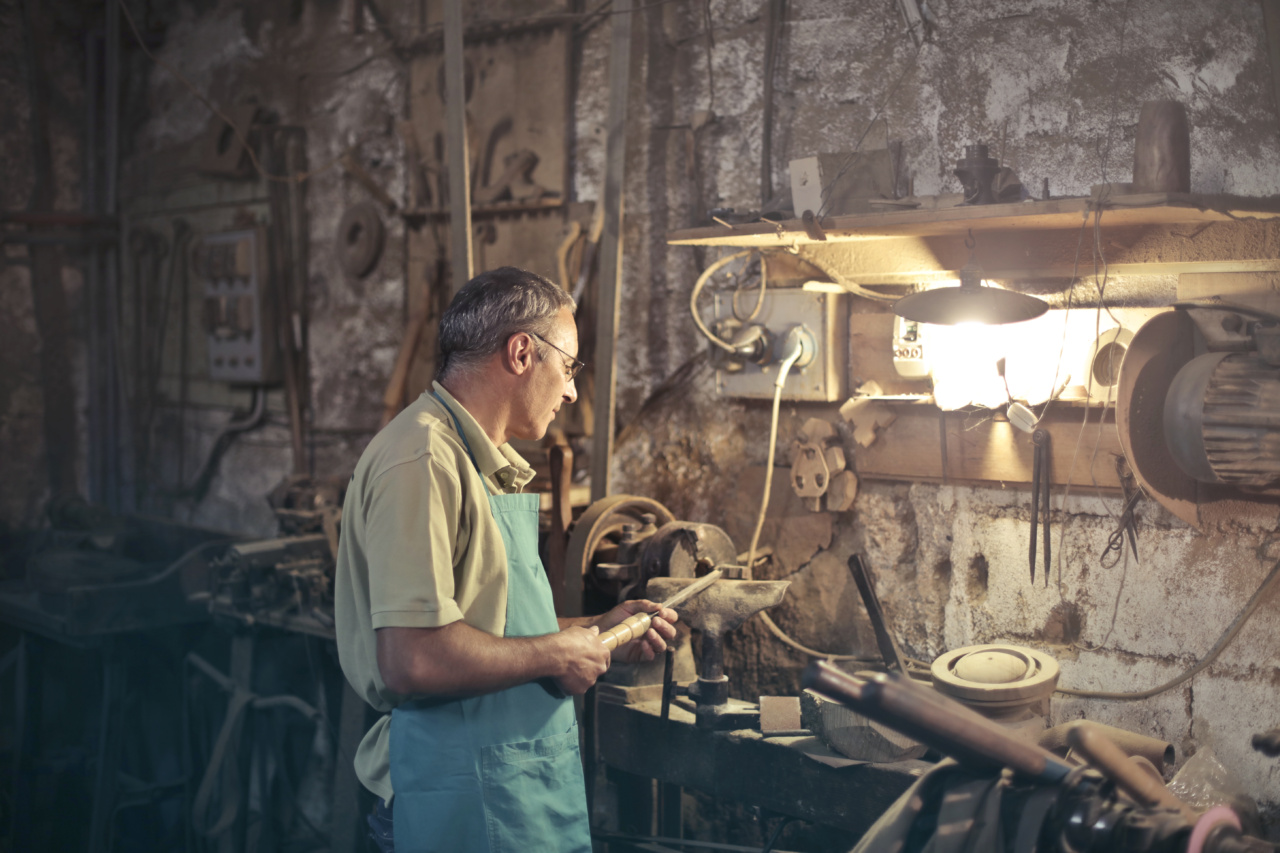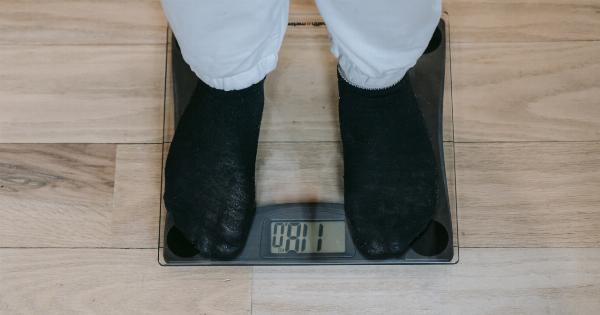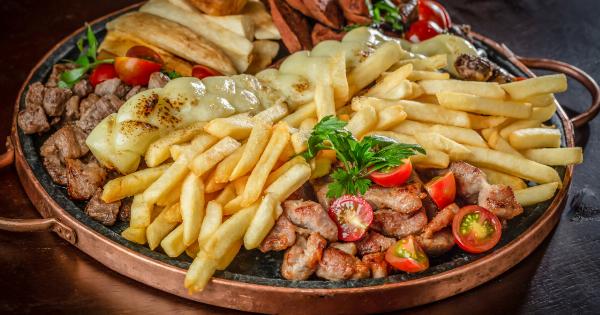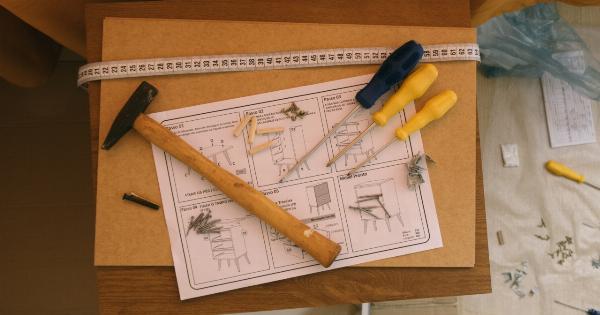Plates are essential items that are needed in different factories or manufacturing plants. There are different types of plates that are used in different settings, including steel plates, aluminum plates, and plastic plates.
The process of plate manufacturing differs depending on the type of plate, although there are some general steps that are common to all types. In this article, we will provide an overview of the manufacturing process of plates, including the equipment used and the steps involved.
Step 1: Raw Material Preparation
The first step in the plate production process is the preparation of the raw materials. This involves selecting the right materials for the specific type of plate that needs to be manufactured.
For example, if steel plates are being made, the raw materials could include iron ore, coal, and limestone. These materials are then processed in a blast furnace to produce molten pig iron. Once the pig iron has been produced, it is further refined to remove impurities such as sulfur and phosphorus.
Step 2: Casting
After the raw materials have been prepared, the next step is casting. In this step, the molten metal is poured into a mold, which has the shape of the plate that needs to be produced. The mold is typically made of sand or metal and is prepared in advance.
Once the metal has been poured into the mold, it is left to cool and solidify.
Step 3: Rolling
Once the plate has solidified, it is removed from the mold and passed through a rolling mill. In this step, the plate is rolled at high temperatures to reduce its thickness.
The rolling process also helps to improve the plate’s surface finish and mechanical properties. Depending on the type of plate being produced, the rolling process may be repeated several times to achieve the desired thickness and properties.
Step 4: Cutting
After the rolling process, the plate is cut to the required size. This can be done using different cutting techniques, such as flame cutting, plasma cutting, or laser cutting. The cutting process is typically automated to ensure accuracy and precision.
Once the plate has been cut to size, it is further processed to improve its surface finish and mechanical properties.
Step 5: Surface Treatment
Surface treatment is an essential step in plate manufacturing that helps to protect the plate from corrosion and improve its mechanical properties. Different types of surface treatments can be applied depending on the specific requirements of the plate.
Some common surface treatments include painting, galvanizing, and anodizing. Before the surface treatment is applied, the plate is thoroughly cleaned to remove any dirt, oil, or other contaminants.
Step 6: Quality Control
The final step in the plate manufacturing process is quality control. This involves testing the plate to ensure that it meets the required specifications.
Some of the tests that may be conducted include hardness testing, tensile testing, and impact testing. The plate is also visually inspected to check for any defects or imperfections.
Conclusion
The manufacturing process of plates involves several steps, including raw material preparation, casting, rolling, cutting, surface treatment, and quality control.
Each step in the process is critical to ensure that the final product meets the required specifications. By understanding the plate manufacturing process, one can appreciate the amount of effort and expertise that goes into producing high-quality plates.































